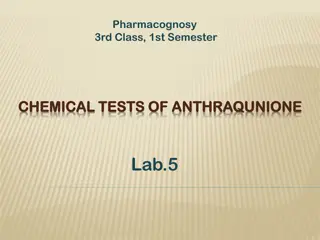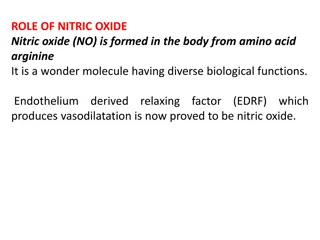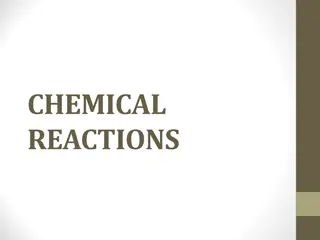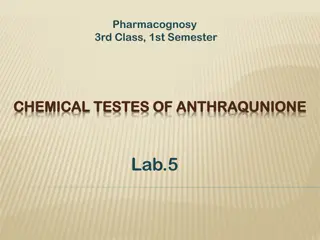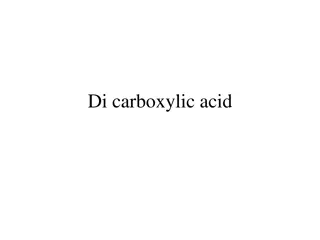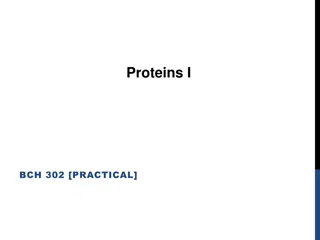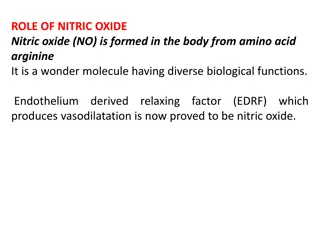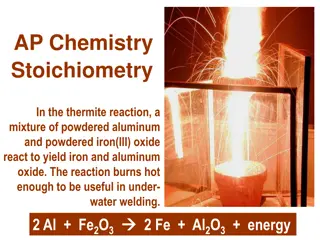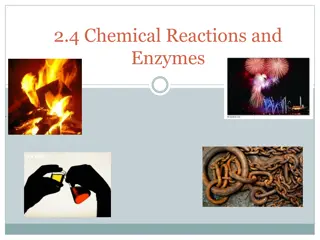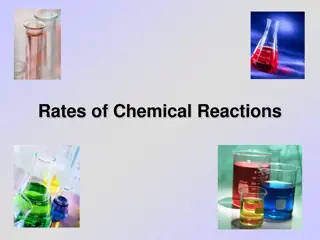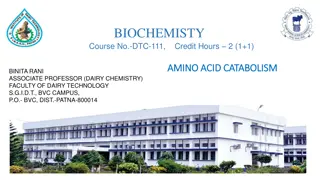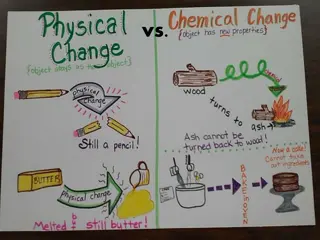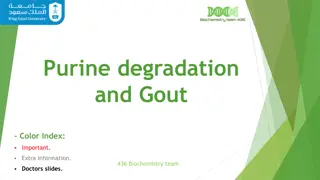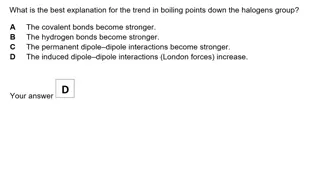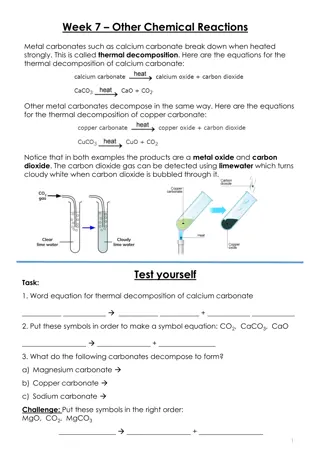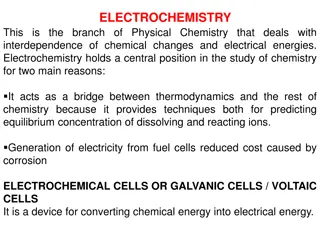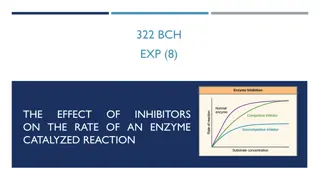Laboratory Preparation of Nitric(V) Acid & Chemical Reactions
In this set of questions, we explore the preparation of nitric(V) acid in a school laboratory setting, its properties, and chemical reactions. Topics covered include the use of sodium nitrate(V) and potassium nitrate(V), the use of glass apparatus during the preparation process, color changes in concentrated nitric(V) acid, and various observations during reactions with different substances like iron(II) sulfate, sulfur, and metals like copper, zinc, and magnesium. Titrations with nitric(V) acid and sodium hydroxide are also discussed.
Uploaded on Oct 04, 2024 | 0 Views
Download Presentation

Please find below an Image/Link to download the presentation.
The content on the website is provided AS IS for your information and personal use only. It may not be sold, licensed, or shared on other websites without obtaining consent from the author. Download presentation by click this link. If you encounter any issues during the download, it is possible that the publisher has removed the file from their server.
E N D
Presentation Transcript
Properties of Nitric (V)acid(Questions) 1.Write an equation for the school laboratory preparation of nitric(V)acid. 2.Sodium nitrate(V) can also be used to prepare nitric(V)acid. State two reasons why potassium nitrate(V) is preferred over Sodium nitrate(V). 1
3. An all glass apparatus /retort is used during the preparation of nitric(V) acid. Explain. 4. Concentrated nitric(V) acid is colourless . Explain why the prepared sample in the school laboratory appears yellow. 5. State and explain the observation made when concentrated nitric (V) acid is heated. 6. Explain the observations made when: (a) About 2cm3 of Iron(II)sulphate(VI) solution is added about 5 drops of concentrated nitric(V) acid and the mixture then heated/warmed in a test tube. 2
(b) A spatula full of sulphur powder in a clean dry beaker was added to 10cm3 concentrated nitric (V) acid and then heated gently/warmed. (c) A few/about 1.0g pieces of copper turnings/Zinc granules/ Magnesium ribbon are added 10cm3 of concentrated nitric(V) acid in a beaker. (d)(i)What is dilute nitric(v)acid (ii))1cm length of polished Magnesium ribbon was put is a test tube containing 0.2M dilute nitric(v)acid. State and explain the observation made. 3
(iii)A half spatula full of sodium hydrogen carbonate and Copper(II) carbonate were separately to separate test tubes containing 10cm3 of 0.2M dilute nitric (V) acid. (iii) 25.0cm3 of 0.1M Nitric(V) acid was titrated with excess 0.2M sodium hydroxide solution using phenolphthalein indicator. I. State the colour change at the end point II. What was the pH of the solution at the end point. Explain. III. Calculate the number of moles of acid used. IV. Calculate the volume of sodium hydroxide used Volume of sodium hydroxide in cm3 4


